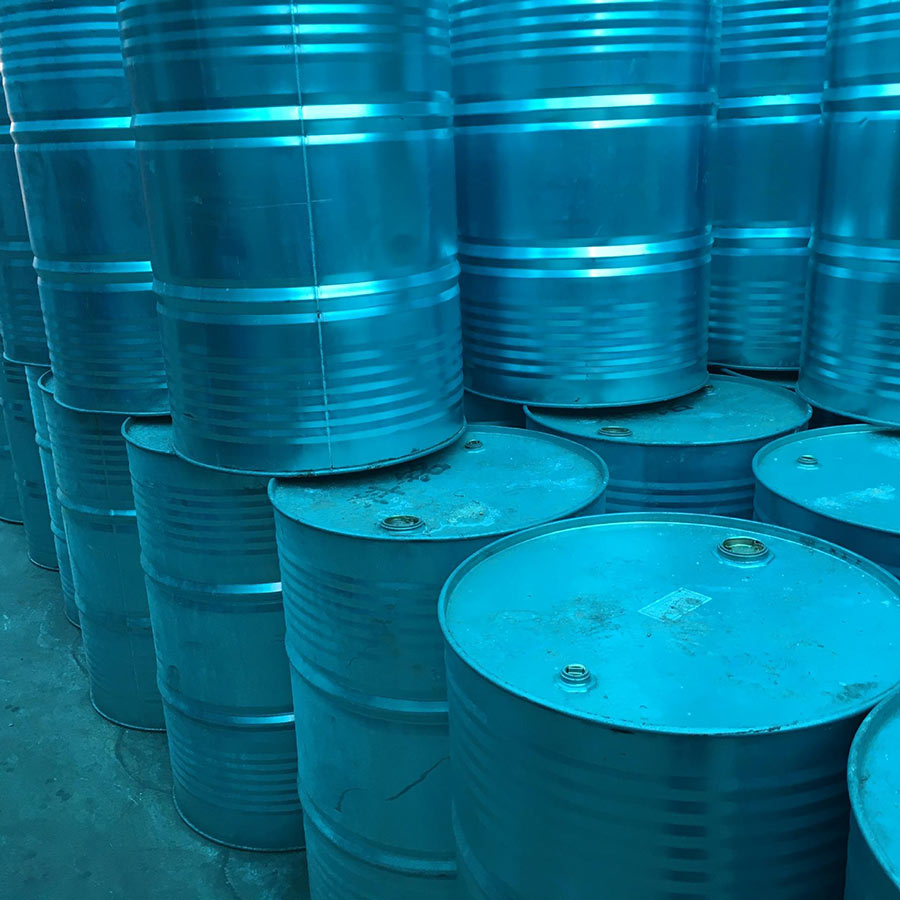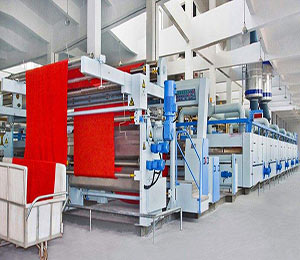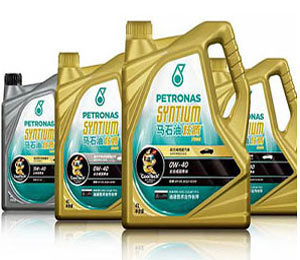- 0086-512-58361938
- michael@victory-chem.com
The purpose of the phosphate flame retardant technology is to make non-flame-retardant materials have flame-retardant properties, are not easy to burn under certain conditions or can self-extinguish, and are a kind of material that provides safety protection. The future development trend of flame retardants is good flame retardant, safer and more environmentally friendly. For this reason, considerable manpower and resources have been invested in the development of new flame-retardant technologies. Nowadays, several new flame-retardant technologies have also been developed. Xiao Bian next to introduce to you a few new environmentally friendly flame retardant flame retardant technology.

1. Surface Modification of Phosphate Flame Retardants
Inorganic flame retardants have strong polarity and hydrophilicity and have poor compatibility with non-polar polymer materials, and the interface is difficult to form a good combination and adhesion. In order to improve its adhesion and interfacial affinity with polymers, surface treatment with coupling agents is one of the most effective methods. Common coupling agents are silanes and titanates. If silane-treated ATH has the good flame retardant effect, it can effectively increase the bending strength of polyester and the tensile strength of epoxy resin; A-TH treated with ethylene-silane can be used to increase the resistance of cross-linked ethylene-vinyl acetate copolymers. Flammability, heat resistance and moisture resistance. Titanate coupling agents and silane coupling agents can be used together to produce a synergistic effect. After the surface modification, the surface activity of ATH is improved, the affinity with the resin is enhanced, the physical and mechanical properties of the product are improved, the processing fluidity of the resin is increased, the moisture absorption rate of the A TH surface is decreased, and the moisture absorption rate is improved. All kinds of electrical properties of flame-retardant products, and increase the flame-retardant effect from V21 to V20.


2. Ultra-fine Phosphate Ester Flame Retardant
Inorganic flame retardants have the advantages of high stability, low volatility, low smoke toxicity, and low cost, and are increasingly favoured by people. However, its compatibility with synthetic materials is poor, and the amount of addition is large so that the mechanical properties and heat resistance of the material are reduced. Therefore, it is one of the development trends of inorganic flame retardants to modify the inorganic flame retardant, enhance its compatibility with synthetic materials, and reduce its amount. At present, the ultra-thinning and nano-crystallization of aluminium hydroxide (3 Al(OH)) is the main research and development direction. (3) The large addition of Al(OH) will reduce the mechanical properties of the material, and by refilling the 3 Al(OH) refinement, it will have the effect of plasticizing and strengthening rigid particles, especially nano-sized materials. Since the flame retardant effect is dominated by the chemical reaction, the smaller the particle size of the equal amount of flame retardant, the larger the specific surface area and the better the flame retardant effect. Ultrafineness is also considered from the aspect of affinity. It is because of the different polarity of aluminium hydroxide and polymer that the physical and mechanical properties of flame-retardant composites are reduced. The ultra-nanosized 3 Al(OH) enhances the interfacial interaction and can be uniformly dispersed in the matrix resin, which improves the mechanical properties of the blend more effectively.
3. the Coordination of Coordination
In actual production and application, a single flame retardant always has one or more defects, and it is difficult to meet a higher and higher requirement with a single flame retardant. The compounding technology of flame retardants is to compound the phosphorus system, halogen system, nitrogen system and inorganic flame retardant, or some kind of internal system to seek the best economic and social benefits. The flame retardant compounding technology can synthesize the advantages of two or more flame retardants to complement each other’s performance, achieve the purpose of reducing the number of flame retardants, and improve the flame retardant performance, processing performance, and physical and mechanical properties of the materials.
4. Crosslinking
Cross-linked polymers have much better flame-retardant properties than linear polymers. Adding a small amount of cross-linking agent during the processing of thermoplastics can make the plastic into a partial network structure, which can improve the dispersibility of the flame retardant, facilitate the char formation when the plastic burns, improve the flame retardant performance and can increase the product’s Mechanical, heat-resistant and other properties.


5. Microencapsulation
The application of microencapsulation to flame retardants is a new technology developed in recent years. The essence of microencapsulation is to disperse and disperse the flame retardant into fine particles, encapsulate them with organic or inorganic substances to form microcapsule flame retardants or use inorganic substances as the carrier to adsorb flame retardants on these inorganic substances. In the void of the carrier, a honeycomb microcapsule flame retardant is formed. The microencapsulation of brominated environmental flame retardants has the following advantages: It can improve the stability of flame retardants; It can improve the compatibility of flame retardants and resins, and the phenomenon of the reduction of the physical and mechanical properties of materials can be improved; It can greatly improve The various properties of flame retardants have expanded their application range.

6. Nano-flame Phosphate Flame Retardants Technology
Some nanomaterials have the function of preventing combustion, and they are used as flame retardants incombustible materials. Using their special size and structure effects, they can change the combustibility of combustible materials and make them fireproof. The use of nanotechnology can change the flame-retardant mechanism and improve the flame-retardant properties. Because of its small particle size and large specific surface area, nanoparticle features such as surface effects, volume effects, quantum size effects, and macroscopic quantum tunnelling provide new possibilities for designing and preparing high-performance, multi-functional new materials. Ideas and ways.
The above six technologies are the latest research achievements in flame retardant technology. In the near future, more advanced technologies will be applied to flame retardant products to provide a safer living environment for everyone.